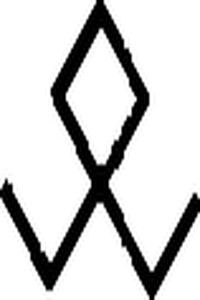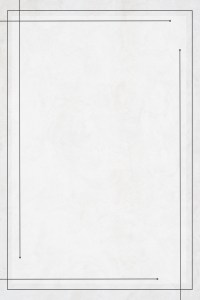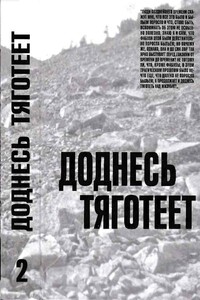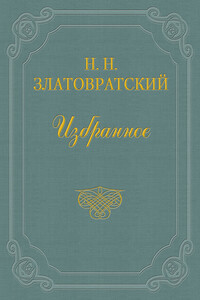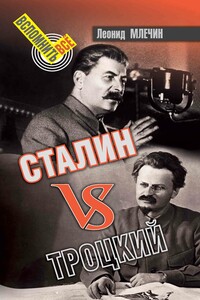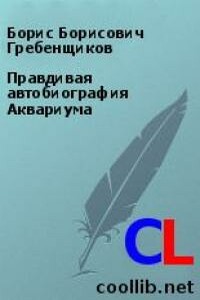Актерское мастерство. Американская школа | страница 35
, New York: Plume, 1987, p. 116.
[2] Vineberg, Steve, Method Actors: Three Generations of an American Acting Style, New York: Schirmer Books, 1991, p. 51.
[3] Kazan, Elia, Elia Kazan: A Life, New York: Anchor Books, 1989, pp. 61–62.
[4] Strasberg, pp. 92–93.
[5] Garfield, David, New York: Macmillan, 1980, p. 35.
[6] Hirsch, Foster, «Standing Up for Strasberg», American Theatre, March 2001, p. 55.
[7] Adams, Cindy Heller, Lee Strasberg: The Imperfect Genius of the Actors Studio, Garden City, NY: Doubleday, 1980, p. 189.
[8] Kazan, p. 302.
[9] Garfield, pp. 56–58.
[10] Kazan, p. 302.
[11] Rogoff, Gordon, «Lee Strasberg: Burning Ice», Tulane Drama Review, Winter 1964, p. 136.
[12] Gray, Paul, «Stanislavsky and America: A Critical Chronology», Tulane Drama Review, Winter 1964, p. 43.
[13] Smith, Wendy, Real Life Drama: The Group Theatre and American, 1931–1940, New York, Knopf, 1990, p. 418.
[14] Ciment, Michel, Kazan on Kazan, New York: Viking, 1974, p. 37.
[15] Garfield, pp. 80–82.
[16] Kazan, pp. 302–303.
[17] Carnicke, Sharon M. Stanislavski in Focus, Amsterdam, the Netherlands: Harwood Academic Publishers, 1998, p. 48.
[18] Smith, p 182.
[19] Ibid., p. 418.
[20] Moynihan, Daniel Patrick, Secrecy, New Haven and London: Yale University Press, 1998, p. 18.
[21] Fariello, Griffin, Red Scare: Memories of the American Inquisition, New York: W. W. Norton, 1995, p. 345.
[22] Broadway’s Fabulous Fifties: How the Playmakers Made It Happen, New Dramatists Alumni Publications Committee, ed., Portsmouth, NH: Heinemann, 2002, p. 66.
[23] Clurman, Harold, The Fervent Years: The Group Theatre & the ’30s, New York: Knopf, 1945; Da Capo Press, 1983, p. 285.
[24] Ibid, p. 285.
[25] Garfield, p. 88.
[26] McConachie, Bruce, «Method Acting and the Cold War», Theatre Survey, May 2000, p. 57.
[27] Navasky, Victor, Naming Names, New York: Viking, 1980, p. 219.
[28] Baron, Cynthia, «The Method Moment: Situating the Rise of Method Acting in the 1950s», Popular Culture Review, August 1998, p. 100.
[29] Ibid., p. 89.
[30] Rogoff, p. 137.
[31] Conroy, Marianne, «Acting Out: Method Acting, the National Culture, and the Middlebrow Disposition in Cold War America», Criticism, Spring 1993, p. 250.
[32] Clurman, p. 279.
[33] Baron, p. 90.
[34] Guilbaunt, Serge, How New York Stole the Idea of Modern Art: Abstract Expressionism, Freedom, and the Cold War, Chicago and London: University of Chicago Press, 1983.
[35] «Actors Studio is
